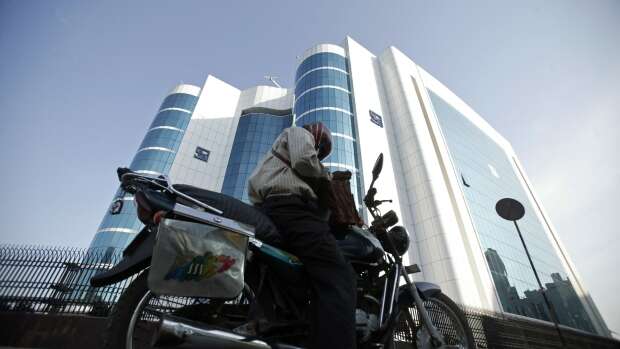New Delhi August 5 2022: India’s central bank delivered its third straight interest-rate increase since May in an effort to return inflation to target and fend off further attacks on the currency. Bond yields and the rupee rose.
The repurchase rate was raised by 50 basis points to 5.40% Friday, a level last seen before the Covid-19 pandemic, as forecast by 16 of 36 economists surveyed by Bloomberg. The Reserve Bank of India’s six-member rate-setting panel voted unanimously on the decision, while sticking with its resolve to withdraw accommodation.
Sovereign bonds declined after the hike, which most economists had expected to be less than a half-point. The 10-year yield rose 10 basis point to 7.26%. The rupee was up 0.5% at 79.0713 to a dollar.
“Inflationary pressures are broad based and core inflation remains elevated,” Governor Shaktikanta Das said in an address from Mumbai, adding that inflation is expected to remain above the tolerance level. The RBI targets inflation at 2%-6%.
Friday’s move mirrors the Federal Reserve-led global tightening of interest rates to rein in consumer-price gains, caused in part by supply snarls and energy price shocks following the war in Ukraine. Although global commodity prices are showing signs of softening, any immediate pass-through in India appears unlikely even as a weaker rupee and uneven monsoon rains cloud the outlook for prices.
“The MPC stressed that sustained high inflation could destabilize inflation expectations and harm growth in medium term,” Das said, while retaining the forecasts for economic as well as price growth for the current fiscal year.
RBI’s cautious view on inflation is justified on uncertainty on monsoon performance and sustainability of commodity price correction, said Anubhuti Sahay, Mumbai-based South Asia chief economist at Standard Chartered Plc. “We see terminal repo rate at 6% by end of 2022.”
Das said the RBI will remain watchful and maintain the stability of rupee. India’s currency fell nearly 7% year-to-date on foreign fund outflows and record trade deficit.










